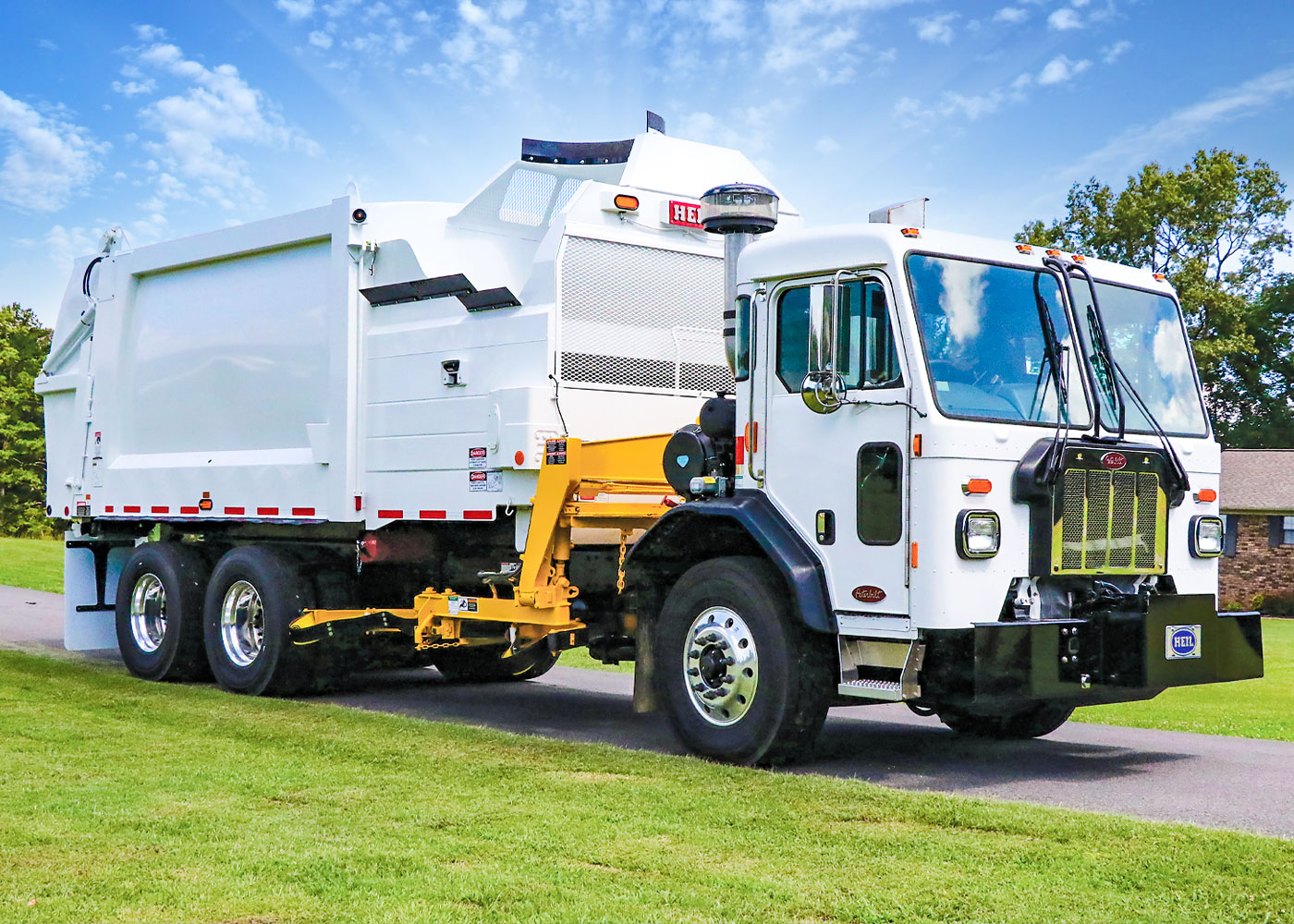Work Truck Heating Systems Ensuring Comfort and Efficiency in Harsh Conditions

Introduction:
Work trucks are an essential component of various industries, including construction, utilities, and transportation. Different types of fuel tanker trucks are subjected to demanding conditions, often operating in extreme cold temperatures or inclement weather. To ensure the well-being and productivity of workers, it is crucial to equip work trucks with efficient heating systems. In this article, we will explore the importance of work truck heating systems, their types, and the factors to consider when selecting the most suitable system for different work truck applications.
1. The Significance of Work Truck Heating Systems:
1.1 Ensuring Operator Comfort:
Operating in frigid temperatures for prolonged periods can be physically and mentally challenging for vehicle operators. A reliable heating system provides a comfortable cabin environment, enabling workers to concentrate on their tasks without distractions caused by cold discomfort.
1.2 Enhancing Safety:

Extreme cold can impair an operator's ability to perform tasks effectively, compromising safety. Frostbite, reduced dexterity, and impaired visibility due to fogged-up windows are potential risks in freezing conditions. A well-functioning heating system helps mitigate these risks by maintaining a warm cabin and keeping windows clear.
1.3 Protecting Equipment and Cargo:
Certain cargo or equipment may require specific temperature conditions for optimal performance or preservation. Ambulance medical training programs heating systems play a crucial role in preventing freezing or damage to sensitive cargo, ensuring the integrity of transported goods.
2. Types of Work Truck Heating Systems:
2.1 Engine-Based Heating Systems:
Engine-based heating systems utilize the vehicle's engine coolant to generate heat, which is then transferred to the cabin through a heat exchanger. clw group are commonly found in larger work trucks, such as heavy-duty pickups, and provide rapid cabin warming due to the engine's high heat output. However, they require the engine to be running, leading to increased fuel consumption.
2.2 Auxiliary Heating Systems:
Auxiliary heating systems operate independently of the vehicle's engine, often utilizing fuel as the energy source. These systems are particularly useful in situations where the engine is turned off, such as during overnight stays or idling for extended periods. Examples of auxiliary heating systems include diesel-fired heaters and electrical heaters, each with its own advantages and considerations.
2.3 Electric Heating Systems:
Electric heating systems generate heat using electrical energy, either through direct resistance heating or heat pumps. These systems are commonly used in electric or hybrid work trucks, as they can tap into the vehicle's existing electrical infrastructure. Electric heating systems offer efficient operation and reduced emissions, but they may have limited range or require additional battery capacity.
2.4 Propane Heating Systems:
Propane heating systems utilize propane gas as the energy source to generate heat. They are often preferred in work trucks that require a high heat output or operate in remote areas where refueling options for other fuel types may be limited. Propane heating systems are highly efficient and provide consistent heating performance, but they require proper ventilation and regular propane supply.
3. Factors to Consider when Selecting Work Truck Heating Systems:
3.1 Climate and Operating Conditions:
The climate and operating conditions in which work trucks will be used play a significant role in determining the most suitable heating system. Extreme cold temperatures, high altitudes, or humid environments may require specific heating solutions to ensure optimal performance.
3.2 Vehicle Size and Cabin Space:
The size of the work truck and available cabin space influence the type and size of heating systems that can be installed. Compact work trucks may require space-saving solutions, while larger vehicles can accommodate more powerful heating systems.
3.3 Fuel Availability and Efficiency:
Consideration should be given to the availability of fuel sources and the overall efficiency of the heating system. Diesel or propane-powered systems may be preferable in areas with limited access to electricity, while electric systems offer energy efficiency and lower emissions.
3.4 Safety Features:
Work truck heating systems should include safety features such as temperature control, automatic shutdown in case of malfunctions, and proper ventilation to prevent the risk of carbon monoxide poisoning or fire hazards.
3.5 Maintenance and Serviceability:
Selecting a heating system that is easy to maintain and service can reduce downtime and associated costs. Systems with accessible components and readily available spare parts can ensure prompt repairs and efficient operation.
Conclusion:
Work truck heating systems are vital for operator comfort, safety, and equipment protection in harsh working conditions. Whether it is engine-based, auxiliary, electric, or propane heating systems, each type offers unique advantages and considerations. When selecting a heating system, it is essential to consider factors such as climate, vehicle size, fuel availability, safety features, and maintenance requirements. By choosing the right heating system, work trucks can operate efficiently, ensuring a comfortable and productive work environment for the operators while safeguarding the cargo and equipment.
